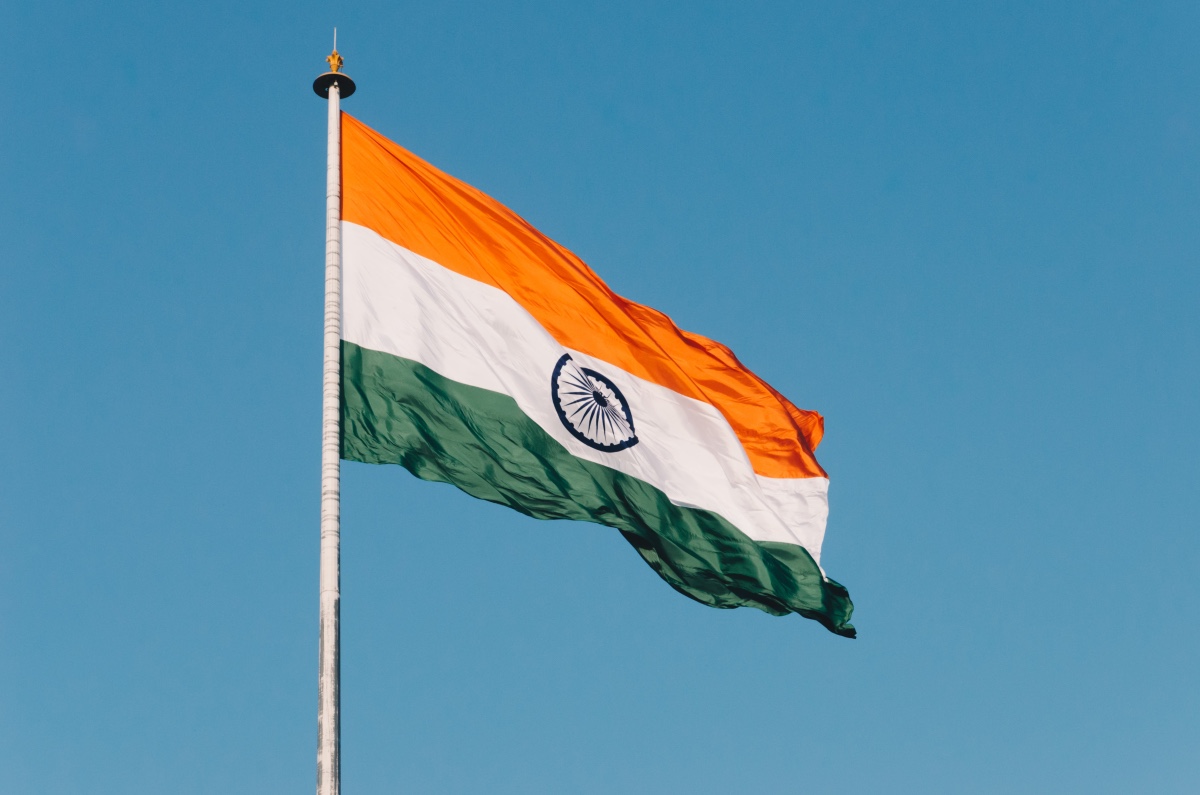About the Recent Floods In Bangladesh
By Mahvish Akhtar
In Bangladesh, flooding-related incidents, including electrocutions and landslides, have killed at least 22 people, according to officials. UNICEF reports say that as many as 4 million people, including 1.6 million children, have been stranded by the flash floods. “The flooding is the worst in 122 years in the Sylhet region,” Atiqul Haque, Director General of Bangladesh’s Department of Disaster Management, told Reuters on Monday.
Currently, 14 districts (Sylhet, Sunamganj, Hobigonj, Moulvibazar, Mymensingh, Netrokona, Jamalpur, Sherpur, Rangpur, Panchagarh, Nilphamari, Lalmonirhat, Kurigram, Thakurgaon, Dinajpur and Gaibandha including 61 Upazilas and 388 unions) have been affected either fully or partially.
However, Sylhet and Sunamgani in the northeastern region of Bangladesh are among the worst affected, with several areas without electricity. Atiqul Haque emphasized that “we are making frantic efforts to ensure there is food and drinking water for all the affected people.” The entire Sunamganj district is submerged under water, and at least 84% of Sylhet district has been affected. India’s Assam state has also been affected by the floods.
Right now, the most critical concern is to prevent waterborne diseases. “Children need safe drinking water right now. Preventing deadly waterborne diseases is one of several critical concerns,” Sheldon Yett, UNICEF Representative to Bangladesh, said in a statement Monday. These floods came as the region is still recovering from the worst floods in May 2022. Reports say that May’s flooding damaged at least 93,000 homes and 419 primary schools in the district of Sylhet. Floods in 2004, at their peak, submerged half of the country. Flight operations in Sylhet’s Osmani International Airport have been suspended as flood water has reached the runway.
People in Sylhet and Sunamganj were without power as the electricity supply was stopped to avoid accidents. Due to disrupted electricity connections, and disrupted mobile communications, it is difficult to get updated information from the affected areas. Major regional highways, including Sylhet-Sunamganj and Sylhet-Bholaganj, are submerged. Road connectivity has already snapped due to the intensity of flooding.
“The last seven years alone brought five significant floods, eroding people’s capacity to adapt, especially in the country’s northern and northeastern regions. Researchers have predicted that even if average global temperatures increase modestly, for example, by 3.6 Fahrenheit (2 degrees Celsius) over the average for pre-industrial times, flooding along the Brahmaputra river basin in northeastern India and Bangladesh is projected to increase by 24 percent. And with an increase of 4 Celsius to 7.2 Fahrenheit (4 Celsius), flooding is projected to increase by more than 60 percent.
Mominul Haque Sarkar, a senior adviser at the Centre for Environment and Geographic Information Services (CEGIS), told Al Jazeera, “A lot of pocket roads, as well as culverts, are being constructed in different places across the wetland. As a result, water flow gets obstructed, and it gets swelled when it rains excessively. Unplanned construction along the northeastern wetland is another reason rivers have become clogged arteries.”
Most of the towns and villages in northern Bangladesh do not have protection dams, so when the water level in the wetlands or rivers starts rising, it quickly enters the residential areas and drowns them, he explained. Bangladesh is home to more than 1.3 billion people. Both Bangladesh and India have been particularly badly hit by the rains, initiating some of the worst floods in years.
A shortage of food and water is expected as rescue efforts continue. Health facilities have been overwhelmed in Sylhet, while children are at a higher risk of drowning, according to UNICEF. More than 36,000 children have sought refuge in overcrowded shelters with their families, UNICEF said.
A recent count of disease cases and injuries has reached up to 2492 as recorded by DGHS (Directorate Health Services), who are working on the ground with WHO. The cases include Acute Watery Diarrhea (AWD), Skin, respiratory, eye infections, near drowning, and electrocutions. There may be additional disease outbreaks as the water recedes, along with an increased death toll. Among the cases, 75% are acute watery diarrhea.





















2022
2,590 views
views
0
comments